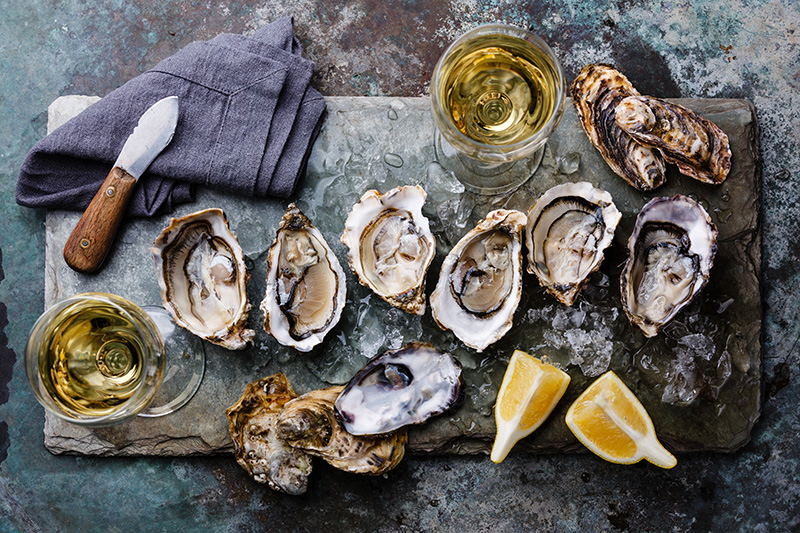Minerality in Wine

Minerality in wine is highly prized in all its forms, from the chalk-like textures expressed in some French wines to the tastes of wet slate observed in the finest German Rieslings. In many years, our Founder’s Collection Sauvignon Blanc has been praised for the dusty gravel that underpins aromas of citrus and gooseberry. Indeed, minerality is so sought after that winemakers will go to great lengths to capture it, perhaps the most famous example being Randall Grahm’s experiments with adding river rock to his fermentations, an attempt that failed to produce the wished for results.
For years, growers believed the soil was key to minerality in wine. But science has disproved this notion. Others have held that minerality is imaginary, a hallucination brought upon our senses by pictures of vines struggling in rocky soils. Science has disproved this, too. But for all that science has disproved, no one has yet discovered the chemistry responsible for the vivid impression of mineral on the aroma and taste.
Now, we might have the first insights into the perception of minerality in Sauvignon Blanc. A recent paper by Wendy Parr and colleagues that appeared this week in the Journal of Food Quality and Preference correlates wine chemistry to perceived mineral character. For example, the researchers found that short-chained catechins were associated with mineral character while sweetness was not. Also, if the wine was too acidic (sour), minerality disappeared, while fresh (zingy) acidity enhanced minerality. Also, pronounced herbal notes or tropical fruits diminished minerality.
The Parr paper provides insight into why minerality is so rarely perceived in California Sauvignon Blancs. First, many winemakers have been leaving residual sugar in their wines in order to appeal to the sweet palate. Second, many winemakers have been picking underripe, chasing the New Zealand style, but in a California climate. Finally, efforts to eliminate any skin contact in Sauvignon Blanc have reduced the catechin concentrations. All of these steps might act in concert to diminish the perception of minerality in our wines.
So, can these new findings help me make a better Sauvignon Blanc? After all, Livermore Valley at one time was renowned for this cultivar; even the great André Tchelistcheff believed Livermore among the finest places in all the world for this variety. Personally, I don’t think improvement will require much change in the way we craft our wine. Perhaps removal of a few more basal leaves at bloom and tighter monitoring of acidity prior to harvest is all we need in the vineyard. And, as for winemaking, we might explore additional skin contact at pressing if we can avoid bitterness.
All in all, this is the first research that provides a roadmap to improved minerality in wine. We will consider the results carefully as we prepare for the 2015 harvest. After all, there are few things finer than a well crafted Sauvignon Blanc from the Livermore Valley.


